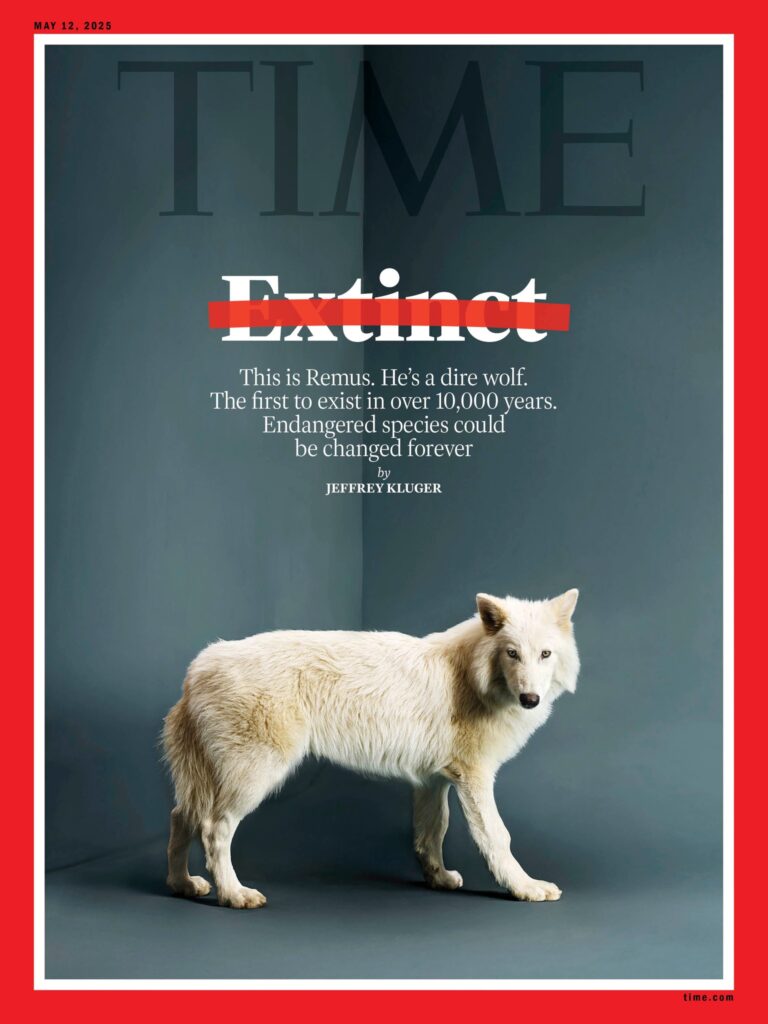
1. Dire Wolves Are (Sort of) Back
Biotech firm Colossal Biosciences has created wolf pups that resemble the long-extinct dire wolf, using DNA pulled from fossils and tweaked with modern gene editing. It’s not cloning—it’s resurrection by redesign.
2. Born of Dogs, Named Like Legends
The three engineered pups—Romulus, Remus, and Khaleesi—were birthed by domestic dog surrogates. Yes, Khaleesi. Because if you’re bringing back ancient, oversized predators, why not make it official Game of Thrones canon?
3. They’re Not Wolves—And Never Were
Despite the name, dire wolves weren’t just beefier gray wolves. DNA shows they split from a common ancestor millions of years ago, evolving into a separate genus (Aenocyon), making them more cousin than clone.
4. These Pups Are CRISPR Creations
To mimic dire wolf traits, scientists edited 20 genes in gray wolf embryos, targeting body size, skull structure, and musculature. It’s not de-extinction. It’s de-extinctish.
5. From Fantasy to Field Test
Fans of Game of Thrones remember dire wolves as loyal beasts of war. But these real-life versions raise serious questions: Should we be reviving apex predators? Are we restoring ecosystems—or rewriting evolution?
